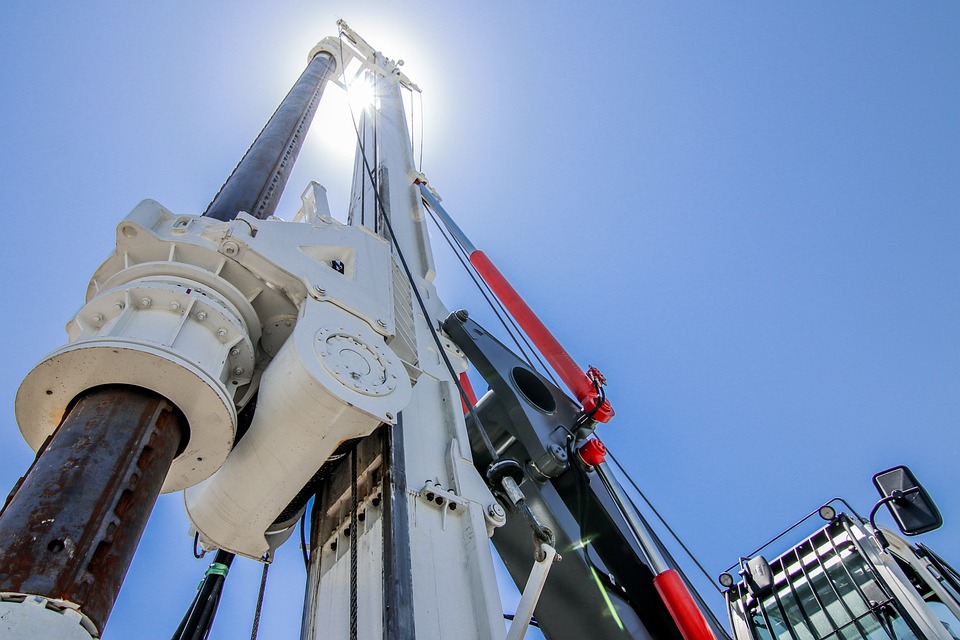Blasting is a technique used to break down rock for further mining, land clearing, or other geological explorations. This technique is facilitated by drilling in holes into the rock, which are then packed with explosives that are detonated to fracture the rock.
Holes that are drilled into any rock are called blast holes and this drilling technique is largely used in surface drilling. Removal of rock is often needed for excavation for removal of rock for mining and quarrying operations. Rock in tunnels is more often removed through large diameter drilling. Blast hole drilling essentially helps to break up any rock so that it becomes easier for its removal for the purposes for which such removal is necessary.
Before any blast holes are drilled it is necessary to survey the nature of the rock that needs to be removed. This survey allows the engineers in charge of drilling operations to understand the nature of the rock, its strength, and fragility so that they can determine the drilling patterns that are needed to carry out the rock removal operations. Blast holes will be drilled in a regular pattern and spaced apart from each other. This spacing will be determined by the strength of the rock. An effective pattern must help to fracture the complete area of the rock and to a specified depth. The depth and diameter of the blast holes also are decided only after the geological survey, which determines the nature of the rock and surrounding areas.
Once all the blast holes have been drilled, they are each packed with explosive charges and will have detonators in each of them and all the holes in the established pattern for demolishing will be connected through wiring or other means. This allows for the explosives to be detonated remotely and simultaneously so that the rock is broken up. Once this has been done, all the fractured rock is cleared up, and removed for further disposal and action. If a further depth of rock needs to be demolished, as is common in mining and quarrying operations, the process of blast hole drilling is undertaken again.
Blast holes are drilled in rock with pneumatic drilling tools of the needed diameter. The action of this breaker is to create the holes in the rock to the desired depth. Drilling can be either percussion or rotary and this determines how the mechanical energy from the compressed air is transferred to the rock that needs removal.







